Software testing is essential because it ensures that software works correctly and meets user expectations. Bugs and issues can lead to frustrated users, lost revenue, and even legal problems. Testing helps catch these problems early, saving time and money in the long run.
In this comprehensive guide, we’ll explore how companies in the United States ensure their software is high-quality, user-friendly, and meets all necessary regulations in 2024.
Here is what we will explore today:
📌Importance of Test Strategy and Plan: Crucial for systematic testing, risk management, and resource allocation.
📌Diverse Testing Methodologies: Testing methodologies enhance code quality and collaboration.
📌Challenges and Adaptation: Balancing automation with manual testing.
📌Future Trends: How emerging trends shape the future of software testing and enhance the scope of testing.
Let's roll up our sleeves and explore what's shaping the tech scene today!

Why is a Test Strategy and Test Plan needed in Software Testing?
🧩A Test Strategy and a Test Plan are essential for several reasons in software testing. They serve as foundational documents that guide the testing process, ensuring it is systematic, efficient, and effective. Here's why each is needed:
🛠️Test Strategy
Think of a Test Strategy like the big-picture plan for how you will test your software. It sets the stage by answering questions like:
- How are we going to test this software? It lays out the overall approach and methodology so everyone knows what to expect.
- What are the risks? By identifying potential issues upfront, we can plan how to handle them.
- What resources do we need? It helps us determine what tools, people, and environments are necessary.
- Who needs to know about our testing approach? It's a way to communicate with everyone involved, ensuring everyone is on the same page.
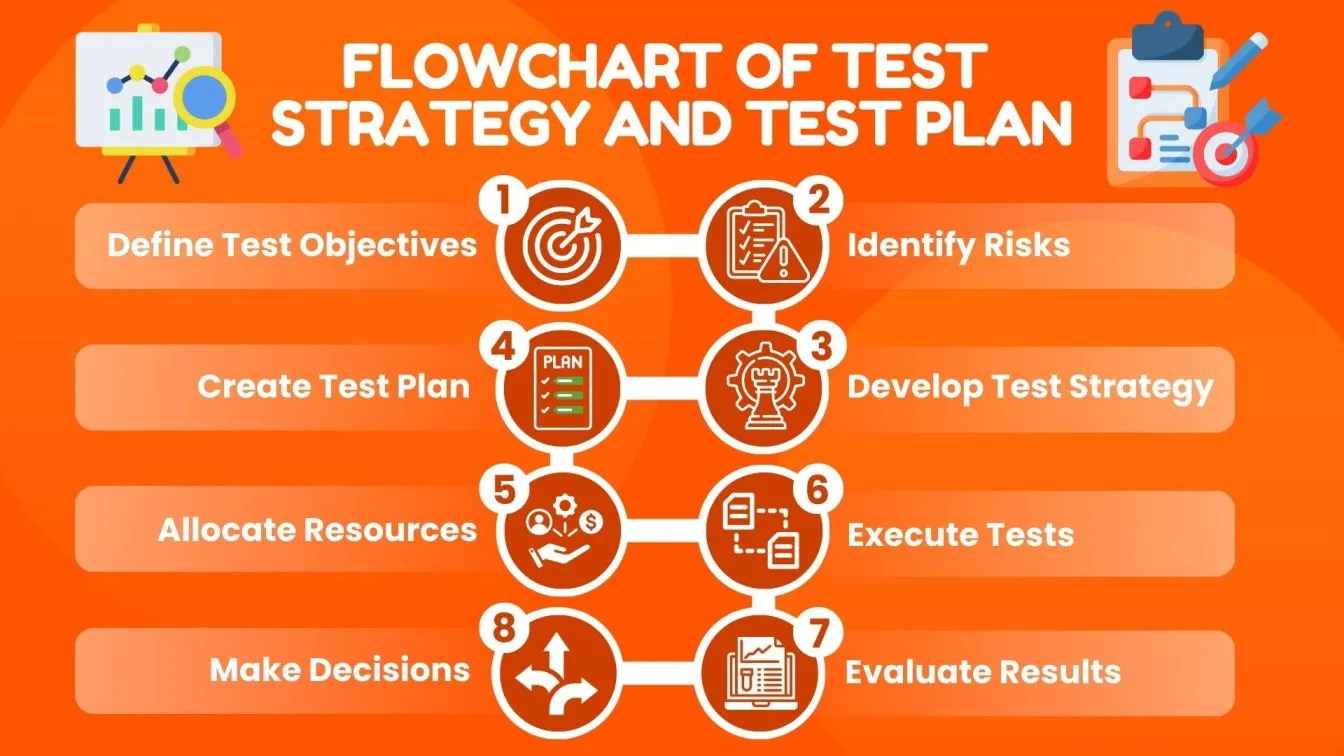
🛠️Test Plan
Now, the Test Plan dives deeper into the nitty-gritty details of testing. It's like a step-by-step manual that tells us:
- What exactly are we testing? It defines the scope and objectives, so we know what software parts need attention.
- When are we doing each test? It helps us schedule our testing activities to stay on track with the project timeline.
- Who is responsible for each test? It assigns roles and responsibilities so everyone knows their part.
- What are we expecting to find? It outlines the expected outcomes of our tests, helping us measure success.
- Are we on track? It gives us checkpoints to see how testing progresses and whether we meet our goals.
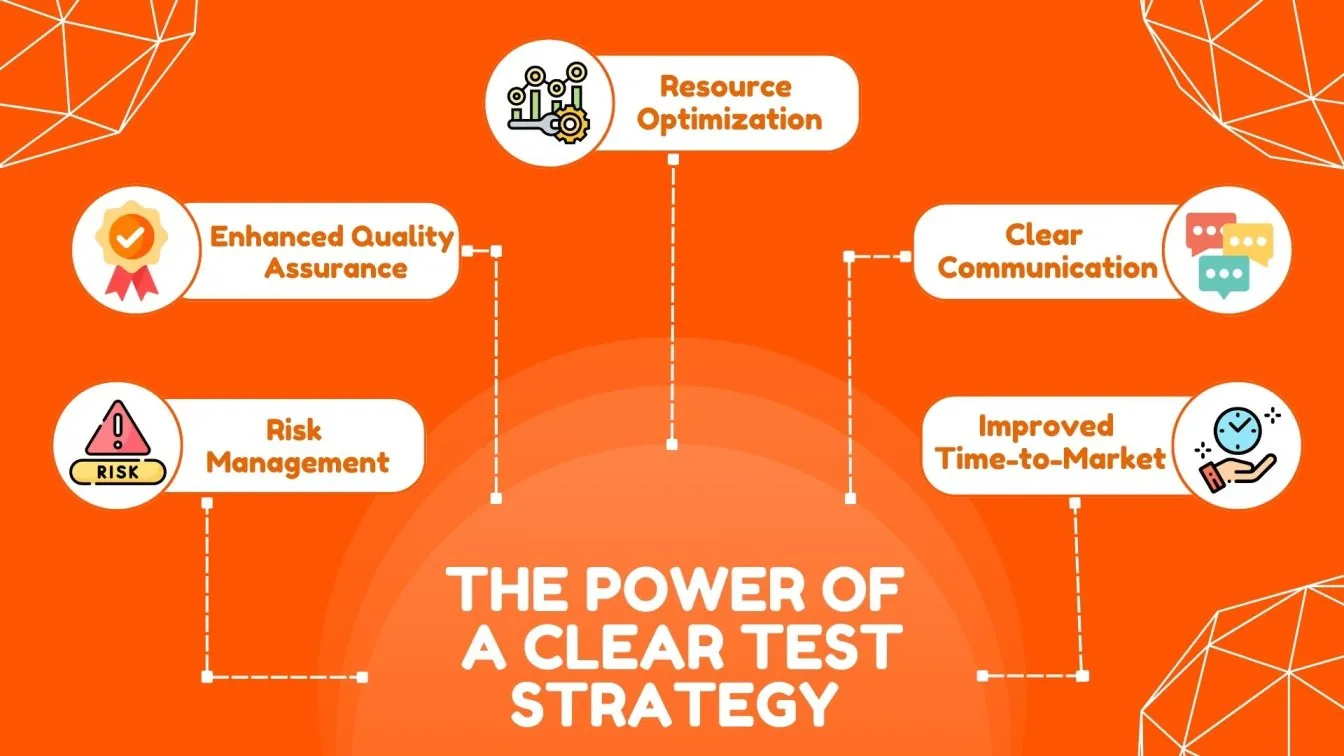
🛠️Why It Matters
Having a Test Strategy and Test Plan isn't just paperwork—it's about being organized and effective:
- Keeps everyone aligned: Ensures everyone knows what to do and why it's important.
- Manages risks: Helps us spot potential problems early and deal with them proactively.
- Ensures thorough testing: Guides us in testing everything that needs testing so we don't miss critical areas during the software testing process.
- Tracks progress: This allows us to see how testing is going and make adjustments if needed.

Problems of not practicing Software Testing Methodologies
💻Not following proper software testing methodologies during the software testing process can lead to a bunch of headaches. Here’s why:
📝Chaos in Development
Imagine building a house without a blueprint. You might end up with rooms that don’t fit together or doors that lead nowhere. Similarly, skipping testing methodologies can result in buggy software or not working smoothly. It's like building something complex without a clear plan—chaos!
📝Missed Bugs
Testing efforts and methodologies help us catch bugs before they become big issues. Without them, you might miss important problems that could haunt you later. It's like skipping a health check-up—you might feel fine now, but problems could be lurking.
📝Unhappy Users
When software isn’t properly tested, users suffer. They might encounter crashes, glitches, or just a frustrating experience. It’s like buying a car that breaks down every few miles—it’s not what you paid for!
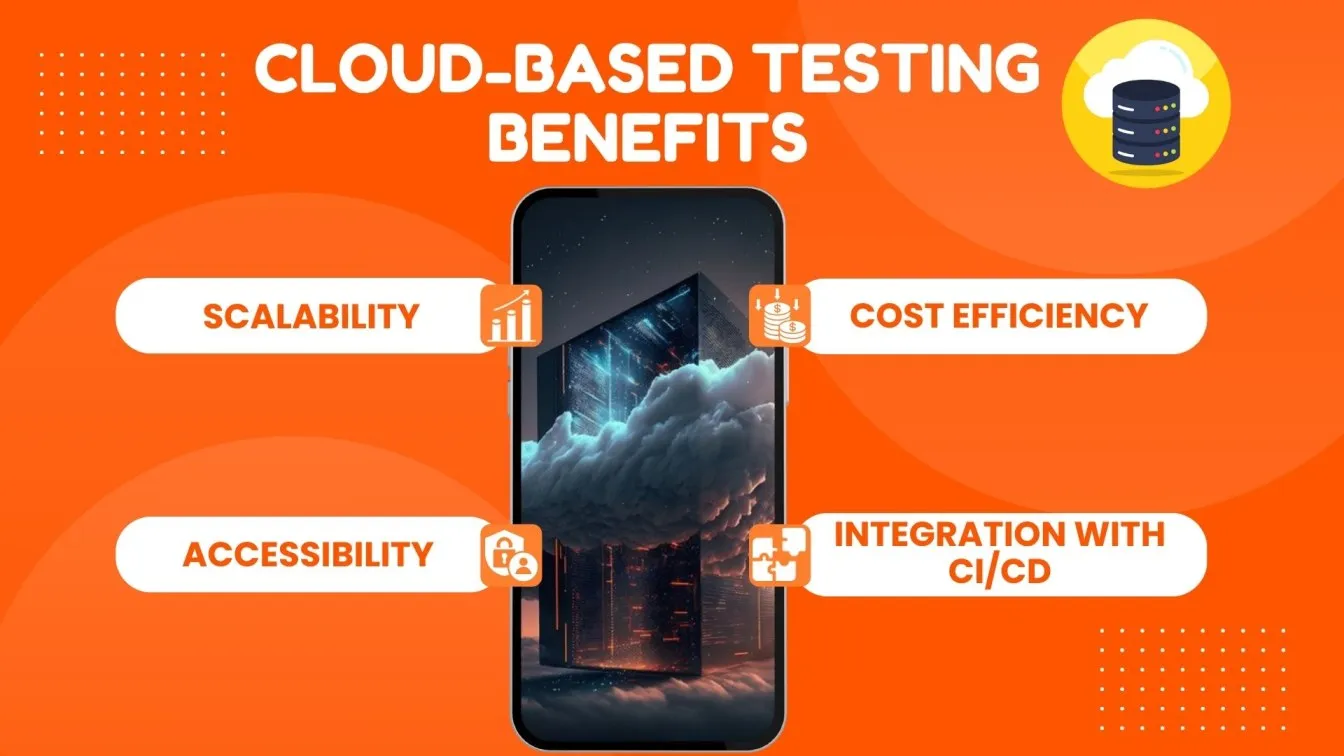
📝Wasted Time and Money
Fixing bugs after release costs way more than catching them early in the development cycle. Not following testing methodologies can lead to costly rework and delays. It's like redoing a project because you didn’t measure twice and cut once.
📝Reputation Damage
Poorly tested software can tarnish a company’s reputation. Users talk, and bad reviews spread fast. It’s like a restaurant with a bad health inspection—recovering from that kind of bad buzz is hard.
📝Unclear Goals and Progress
Testing methodologies help us stay focused and measure our progress. Without them, it’s like driving without knowing where you’re going—you might get lost or go in circles.
Testing methodologies are like a roadmap that keeps us on track, ensures quality, and saves us from a lot of headaches down the road. Skipping them is like playing with fire—sure, you might get away with it sometimes, but the risks can burn you in the long run. It’s all about building software that works, keeps users happy, and makes our lives easier.
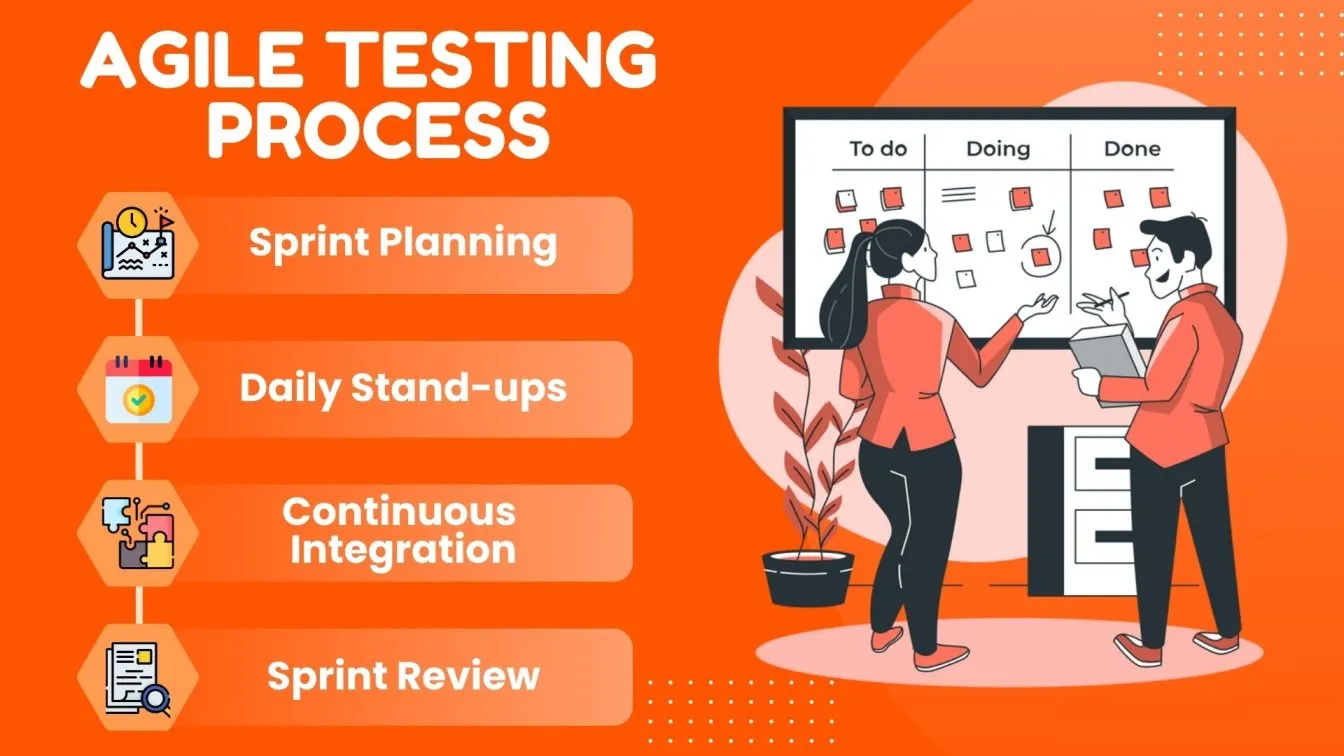
Overview of different types of testing strategies in software engineering
Several testing strategies and testing types in software engineering serve a specific purpose to ensure the software works well. Let's break them down:
🔄Unit Testing
Unit testing checks a machine's parts to ensure each piece works as expected. In software, it means testing small, isolated parts of the code, like functions or methods. It’s great for catching basic errors early on. Testing occurs by simulating the end user's experience using the websites' or web applications' user interfaces.
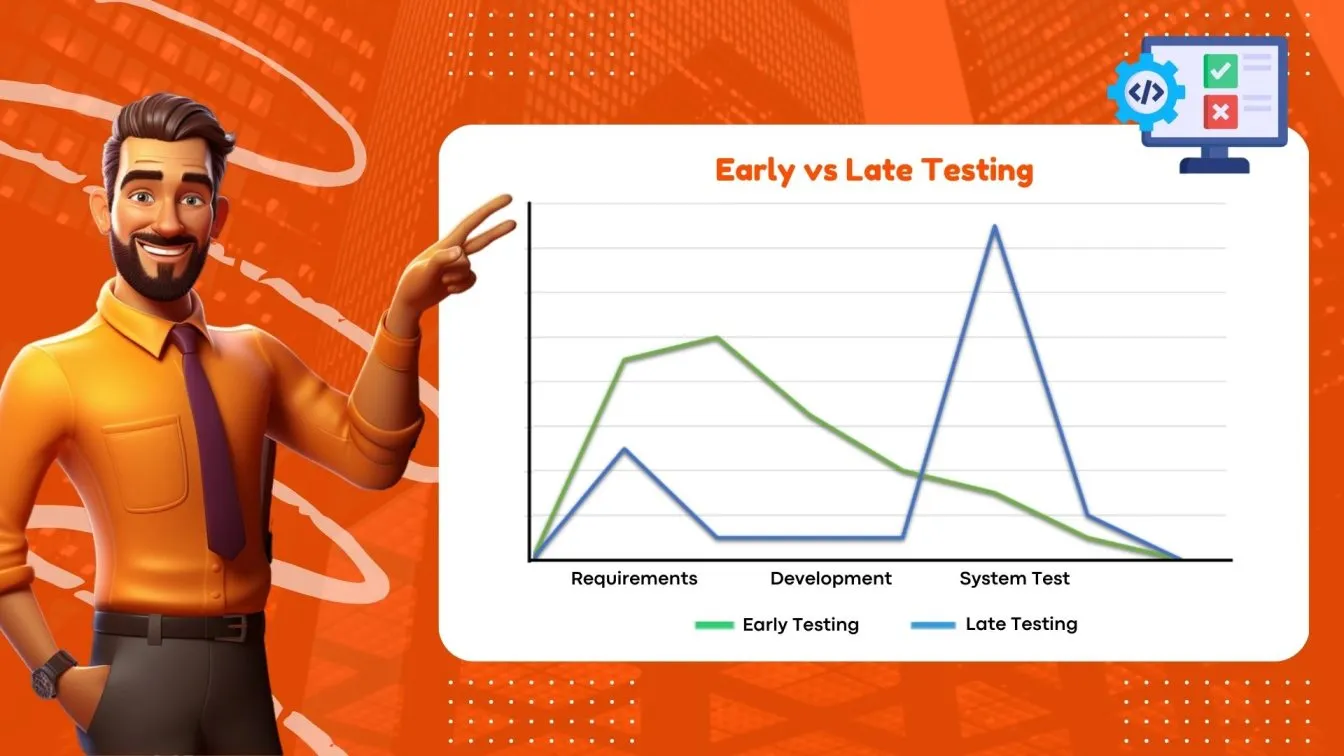
🔄Integration Testing
Integration testing is like combining those tested machine parts to see if they work well. It checks how different modules or components work together once they’re integrated. This helps catch issues that might only show up when parts interact. The application should meet usability requirements that encompass both the user interface and user experience
🔄System Testing
System testing is like checking the entire machine once it’s fully assembled. It tests the complete software system to verify that it meets specified requirements. This includes testing functionalities, performance, security, and more under various conditions. This improves resource planning, aligns expectations, and enables informed decision-making.

🔄Acceptance Testing
Acceptance testing checks if the machine (or software) meets the customer’s expectations. It’s usually done by users or stakeholders to ensure the software meets business requirements and is ready for deployment. The user interface undergoes extensive usability testing to ensure it meets the needs of diverse user groups.
🔄Regression Testing
Regression testing is like rechecking machine parts after making changes or fixes. It ensures that new code changes haven’t unintentionally caused previously working features to break. It’s crucial for maintaining software quality over time. Improving the user interface will result in higher user satisfaction and increased engagement.
🔄Performance Testing
Performance testing checks how well the wide range of machines (software) performs under different conditions. It includes load testing (checking performance under expected loads), stress testing (pushing the software to its limits), and scalability testing (checking if it can handle growing demands).

🔄Security Testing
Security testing is like checking if the machine (software) has any weak spots hackers could exploit. It identifies vulnerabilities and protects sensitive data from unauthorized access or attacks.
🔄Usability Testing
Usability testing is like asking users if the machine (software) is easy to use. It evaluates the software interface's user-friendly and intuitive, ensuring it meets user expectations and needs.
🔄Smoke Testing
Smoke testing is like checking for smoke when you turn on a machine for the first time. It’s a quick, preliminary test to see if the basic functionalities of the software work without encountering major issues. It helps catch showstopper bugs early.
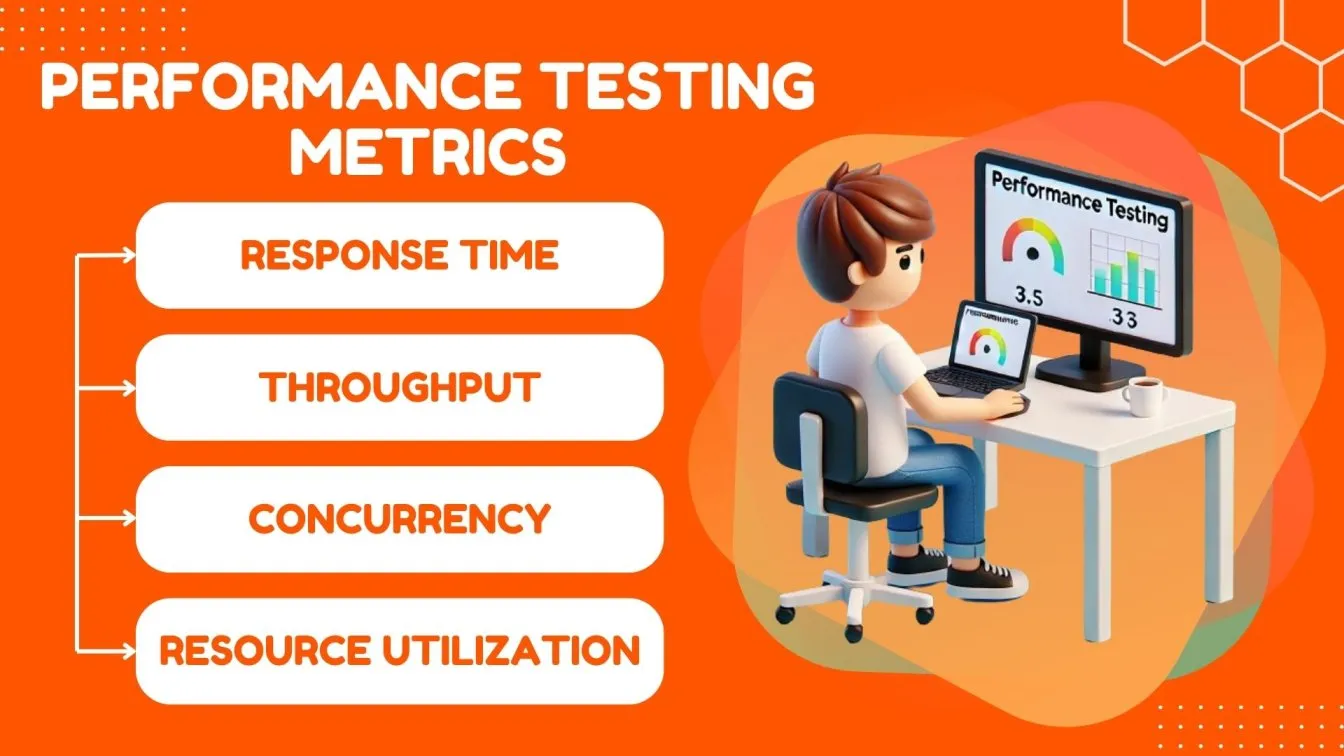
Examples and applications of different types of testing strategies
📈 Here are examples and applications of various testing strategies:

Notable Strategies of Popular Software Testing Companies
📋Here’s an overview of notable strategies employed by popular software testing companies based in the USA:
🌐Frugal Testing
Strategy: Frugal Testing offers exceptional value in the software testing world. Our services cover complete performance testing, using unique methods to speed up and improve the testing process. With our deep knowledge of databases and transaction systems, we have experts ready to help improve application performance whenever needed. Our thorough analysis and suggestions for performance improvements, along with our skill in using tools like JMeter, ensure excellent results for our customers.
🌐Sauce Labs
Strategy: Sauce Labs specializes in continuous testing for web and mobile applications. They offer a cloud-based platform for automated testing across different browsers, operating systems, and devices. This helps in ensuring compatibility and scalability of applications across various environments.
🌐BrowserStack
Strategy: BrowserStack provides a cloud-based platform for automated and manual testing of web and mobile applications. Their strategy focuses on offering real device testing capabilities and integrations with CI/CD tools, enabling teams to deliver high-quality software faster.
🌐Perfecto
Strategy: Perfecto focuses on continuous quality by offering a cloud-based platform for automated testing of web and mobile applications. They emphasize real user conditions and provide capabilities for testing across different devices, networks, and geographies to ensure optimal performance and user experience.
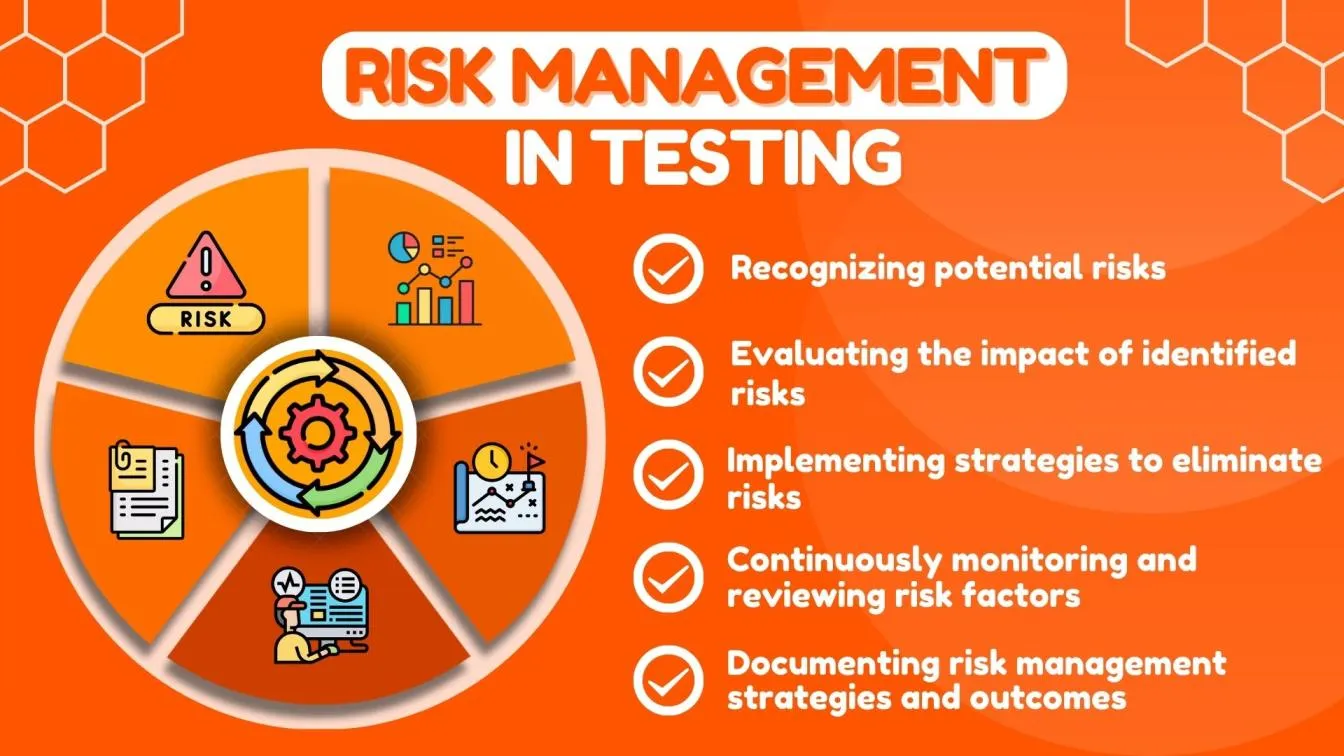
🌐Qualitest
Strategy: Qualitest offers comprehensive quality assurance and testing services across various industries. Their strategy includes a combination of manual and automated testing approaches tailored to meet specific client requirements and regulatory standards, ensuring software reliability and compliance.
🌐QASource
Strategy: QASource specializes in outsourcing software testing services, providing dedicated QA teams to companies across different sectors. Their strategy focuses on cost-effective testing solutions, leveraging offshore resources while maintaining high-quality standards through rigorous testing methodologies and tools.
🌐Infostretch
Strategy: Infostretch emphasizes digital engineering services focusing on continuous integration and delivery (CI/CD), quality engineering, and DevOps. Their strategy includes a blend of automation, AI-driven testing, and specialized domain expertise to accelerate software delivery and enhance customer experience.

What are the Strategic Challenges faced by the top testing companies?
🛡️Here are some strategic challenges faced by top testing companies, presented in a tabular format:
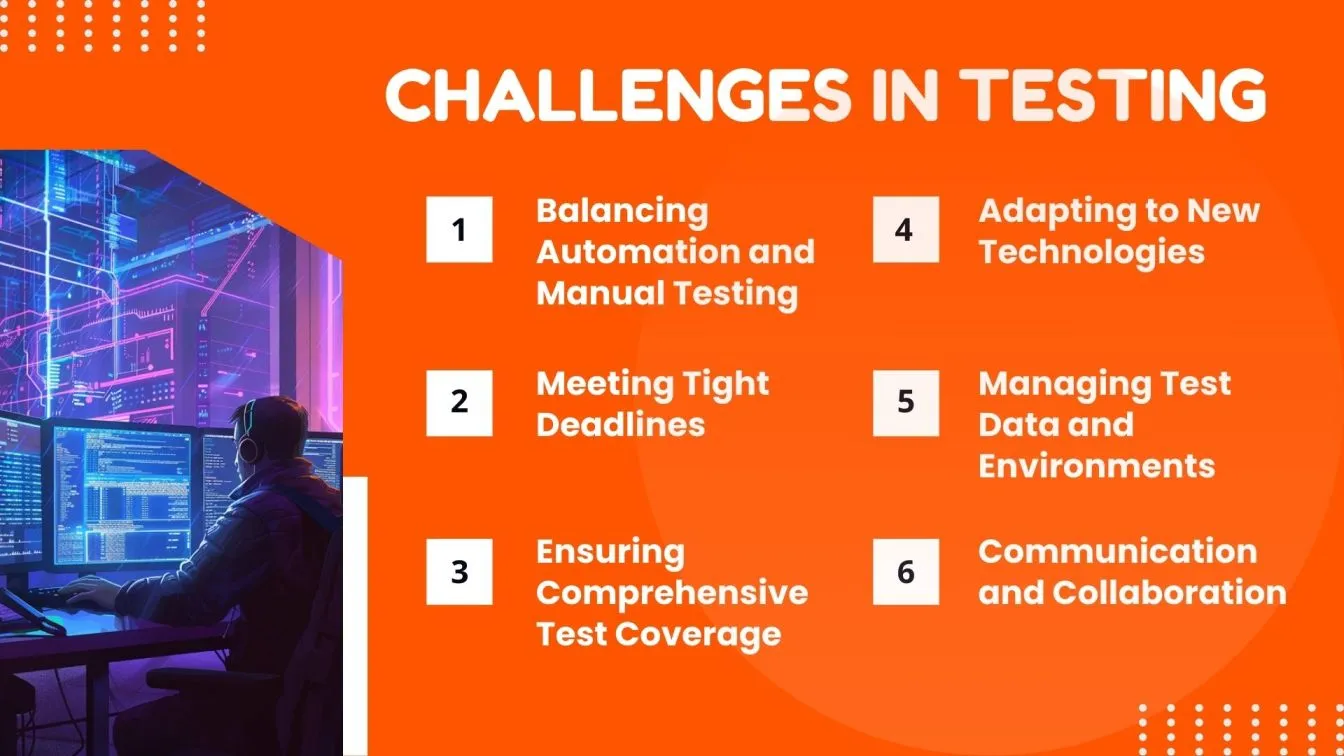
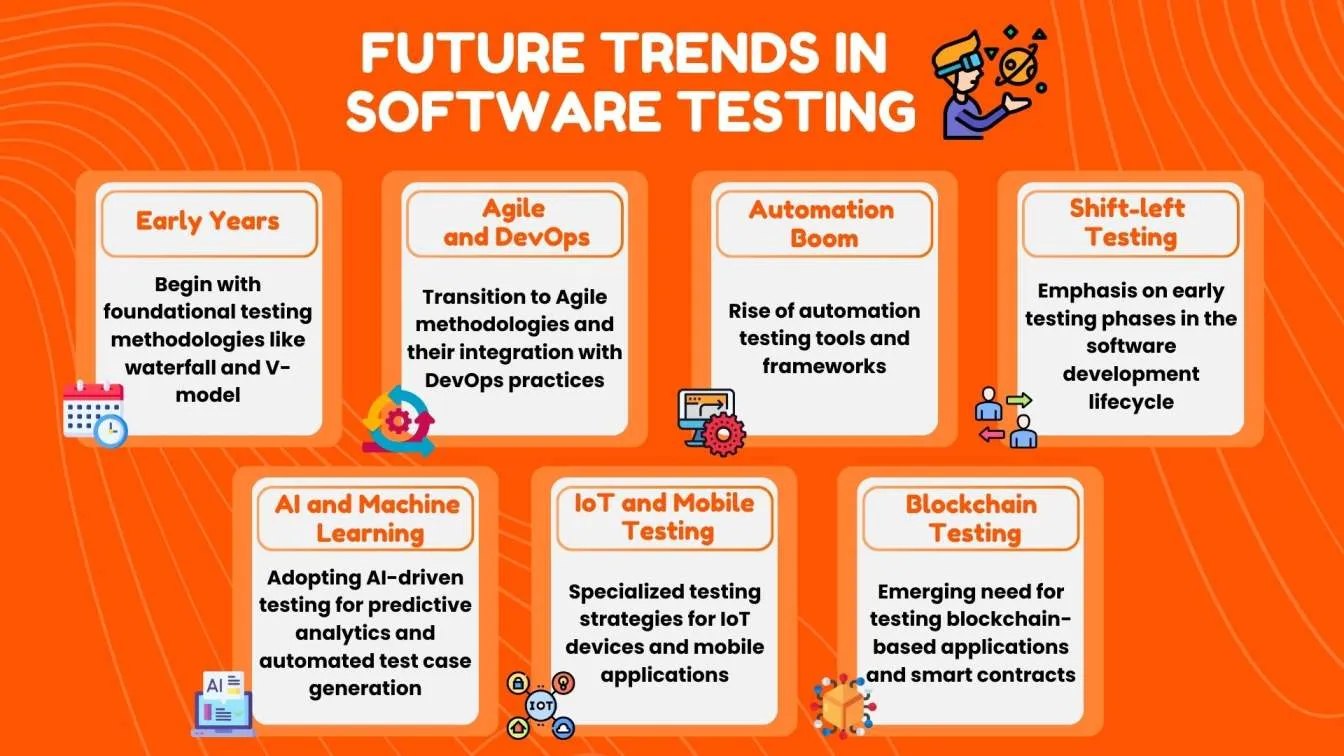
So, What Have We Learned So Far?
🚀Effective software testing is crucial for delivering top-notch products that users love and meet regulatory requirements. A solid Test Strategy and Test Plan act like a roadmap, helping teams stay organized, manage risks, and allocate resources effectively.
However, keeping up with rapid tech changes, tight release schedules, and strict regulations poses challenges. Companies must adapt strategically and invest in cutting-edge testing tools to tackle these. The emerging trends focus on automation and flexibility, ensuring software stays ahead in an ever-evolving digital landscape.🚀

People also asked
👉🏻 What constitutes a software testing strategy?
It outlines how testing will be conducted to ensure software quality.
👉🏻 What types of testing strategies exist in software engineering?
Types include Test-Driven Development (TDD), Behavior-Driven Development (BDD), and Model-Based Testing.
👉🏻 What are software testing methodologies?
Methodologies are systematic approaches to software testing processes, such as Agile, Waterfall, and V-Model.
👉🏻 Is it possible to capitalize on software testing?
Yes, by reducing costs, improving quality, and accelerating time-to-market.
👉🏻 How is software testing conducted in cloud environments?
Testing leverages cloud resources for scalability, flexibility, and accessibility, enabling comprehensive and efficient testing processes.





%201.webp)

